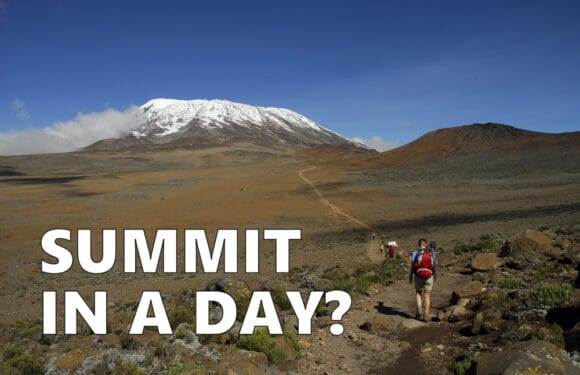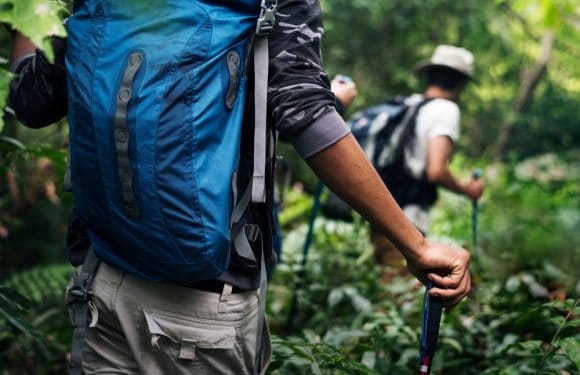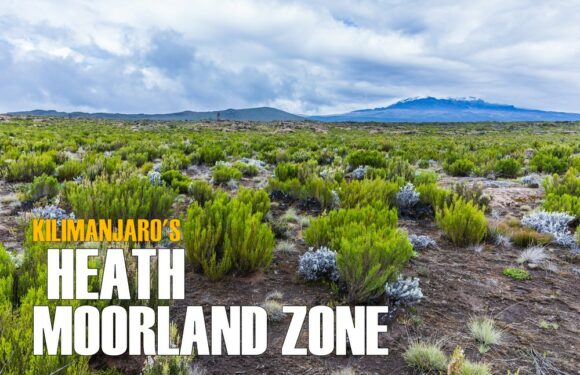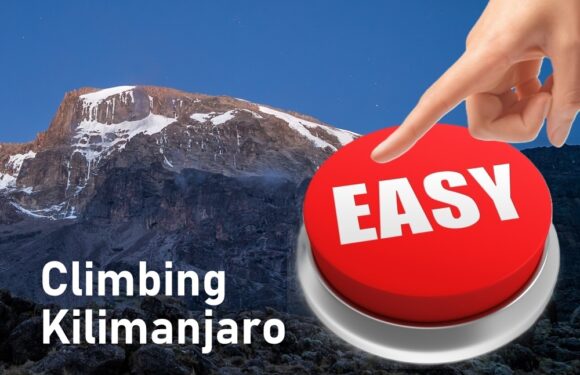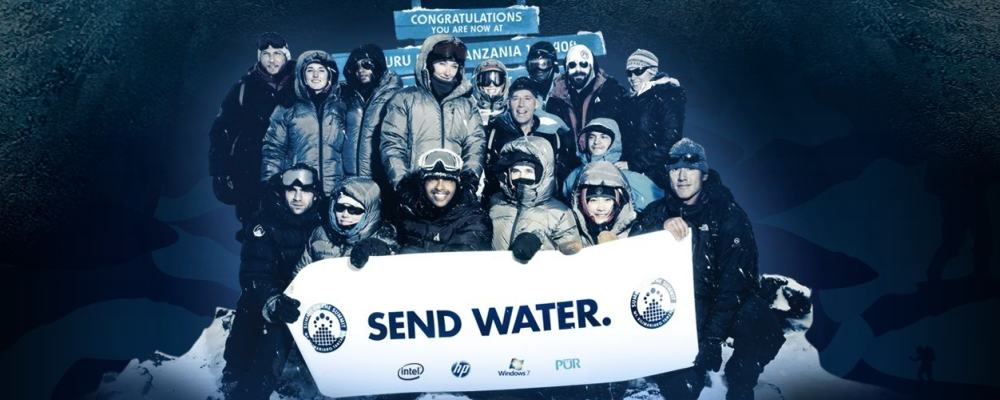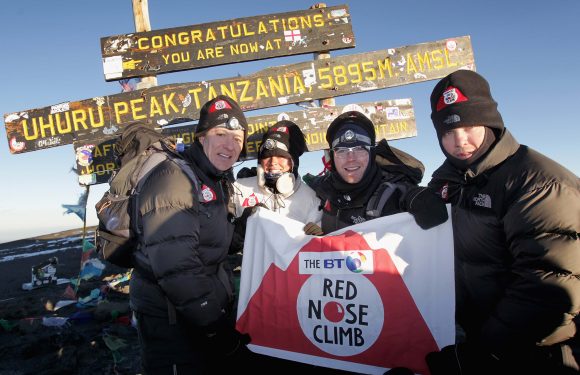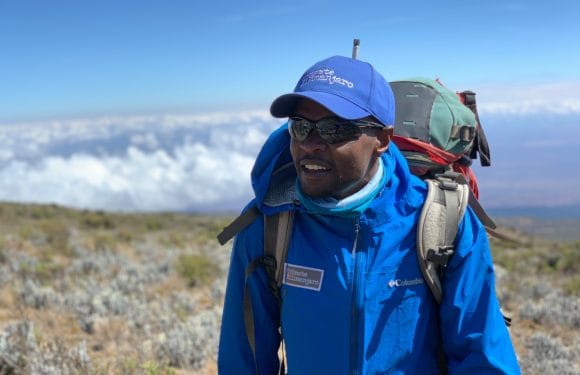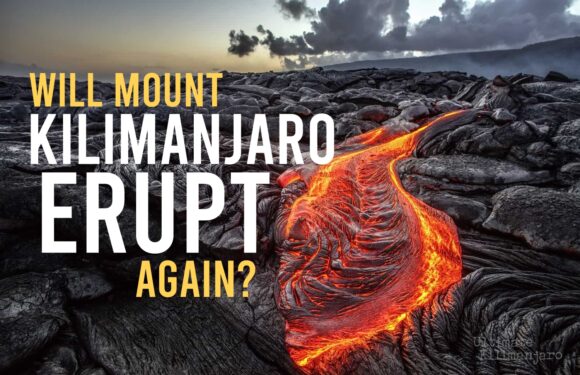Which type of footwear is best for climbing Kilimanjaro?
When people think of a mountain expedition, they naturally think they need some big, clunky boots to tackle the harsh weather. However, technology has come a long way. Nowadays, boots have become much more user friendly and streamlined thanks to advances in manufacturers’ designs and materials. In the same way, trail shoes have gotten better too, becoming sturdier and more waterproof.
While boots used to have distinct advantages over shoes in terms of protection and support, and shoes used to have advantages over boots in terms of being more lightweight and comfortable, those gaps are closing. So it is certainly possible to use either type of footwear to climb Kilimanjaro.
So which is better for you – hiking boots or trail shoes ?
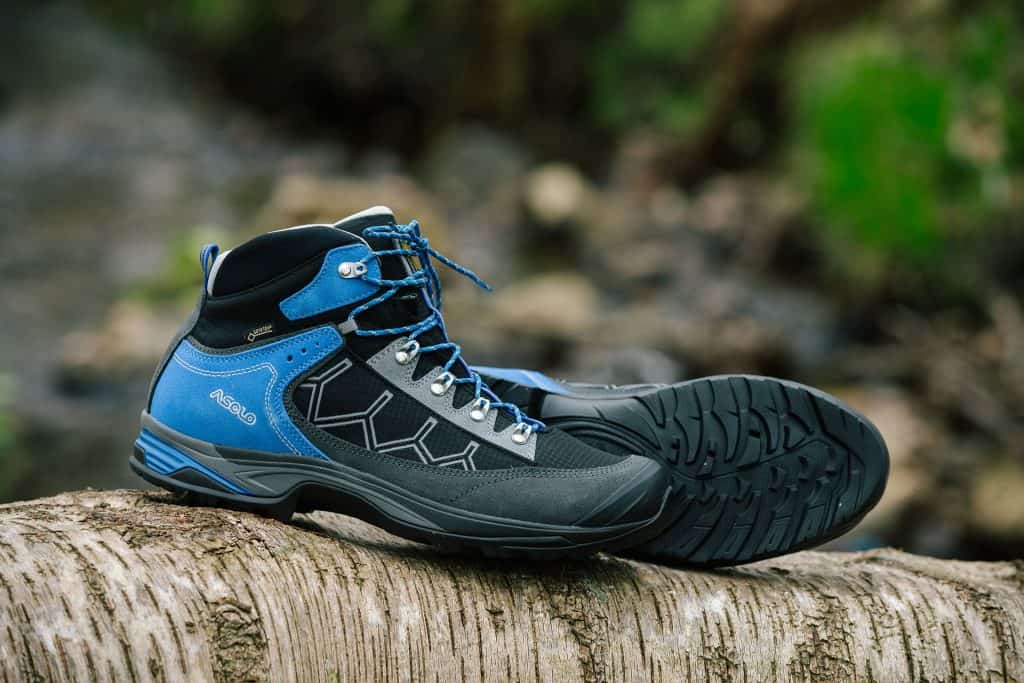
To answer this, we need to consider these factors:
- Are they warm enough? Do your feet get cold?
- Are they waterproof?
- Do you need ankle support?
- How much do they weigh? Do you get tired wearing them?
- How good is the traction over mud, dirt, rock, and gravel?
- Are they comfortable for long periods of time?
- How much cushioning do you need?
For most people, the appropriate footwear on Kilimanjaro is boots.
Compared to trail shoes, boots generally offer more protection from the elements. This includes both cold and moisture. The temperature on Kilimanjaro can be below zero especially on the upper slopes. If you are someone whose feet gets cold easily, you probably will experience the same on Mount Kilimanjaro. Leather hiking boots and boots with a waterproof liner are going to be warmer than shoes.
For rainy or snowy conditions, hiking boots are better. Because of the height of the boots, your feet are less likely to get wet while getting rained upon, stepping in puddles, or hiking on snow or ice. Using boots in conjunction with waterproof pants and/or gaiters forms a hard barrier to keep the moisture out.
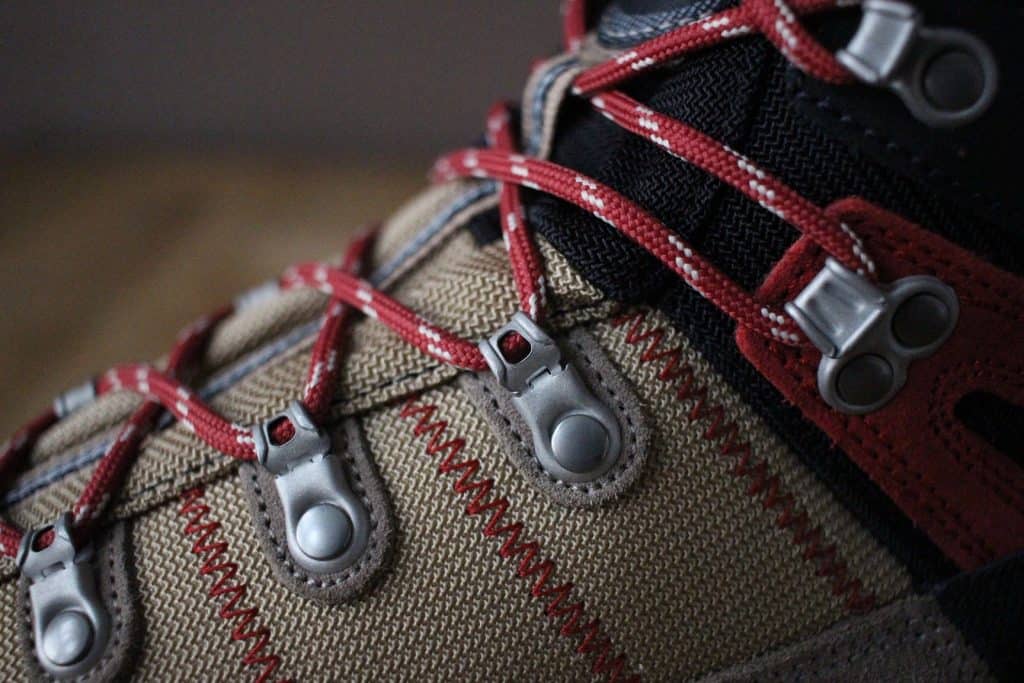
Additionally, boots have high tops that support the ankles and reduce the risk of rolling the ankle. Trail shoes do not support the ankle at all.
Lastly, the tread on a boot is also deeper, enabling a better grip on the terrain, whether it be mud, scree or rock. The soles are often well cushioned and have hard rubber, giving boots their durability.
Why would anyone choose trail shoes over boots?
The main reason is weight. It is said that one pound on your feet is equivalent to carrying five on your back. Therefore, an average pair of boots, which weighs more than three pounds is like having fifteen pounds to your pack! Walking with boots can be much more tiring when you think about the totality of steps required to climb a peak like Kilimanjaro. So herein lies the tradeoff.
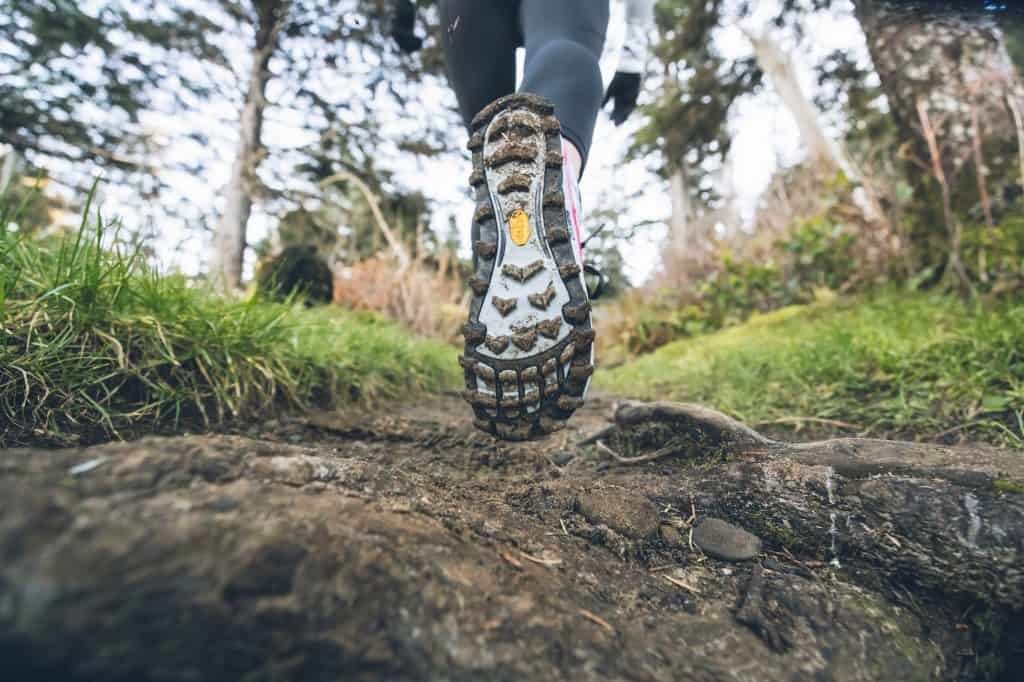
Hiking boots pros: more ankle support, more protection, better traction, more durable, warmer.
Hiking shoes pros: lightweight, more agile, more comfortable.
The bottom line is both boots and shoes work on the mountain. Which you choose depends on what you are looking for in footwear and what you ultimately feel comfortable with.
If you are used to hiking in trail shoes, and your feet do not get cold when out in inclement weather, you can consider using trail shoes exclusively on Kilimanjaro. Similarly if you are accustomed to hiking in boots, then stick with boots. Kilimanjaro is not the place to experiment with your footwear.
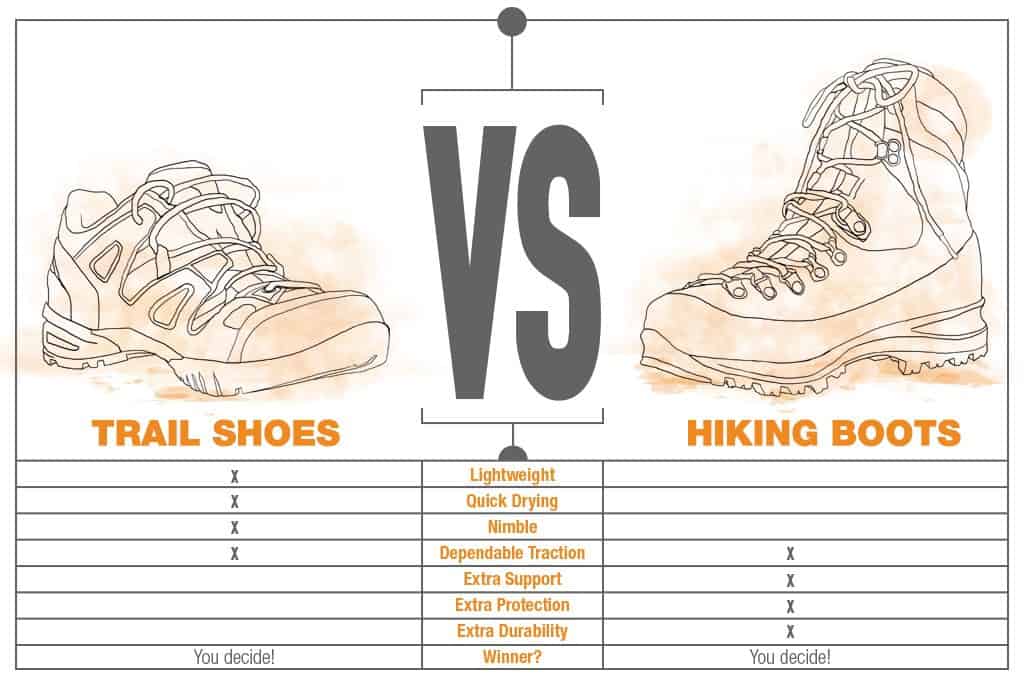
Maybe the best option is to bring both hiking boots and trail shoes.
Given that the climb is supported, our porters will carry your extra gear. That includes the footwear you are not using at the moment. So you could bring both options to the trailhead. Use the hiking shoes in the beginning while the terrain is mild. On the latter part of the climb, see how you feel. On summit night, perhaps you can switch to boots if the weather is very cold and windy. If you opt for trail shoes, you could counteract cold feet by wearing extra socks, wearing gaiters or using toe warmers.




















































